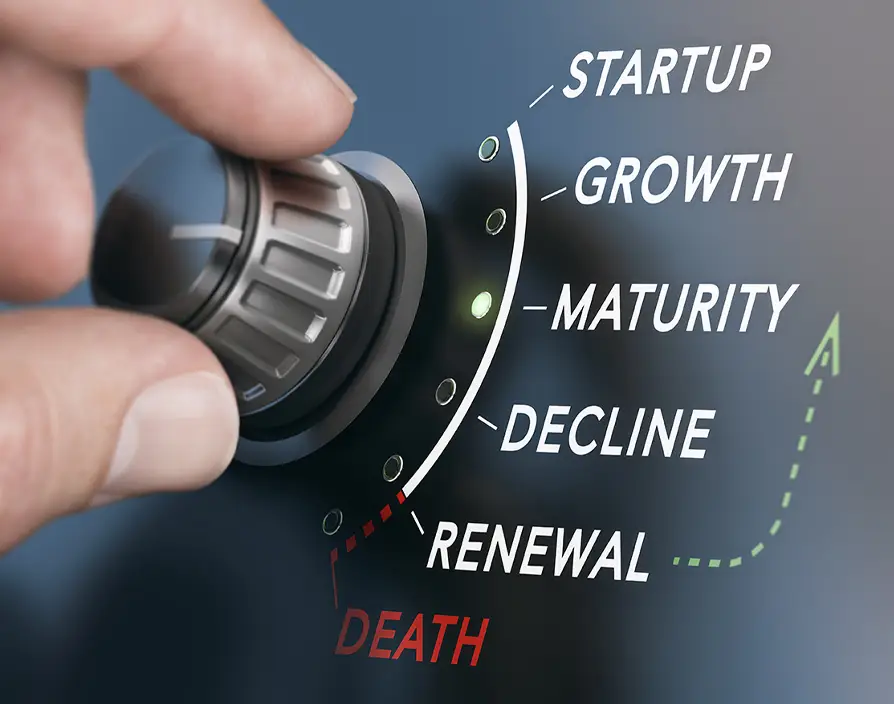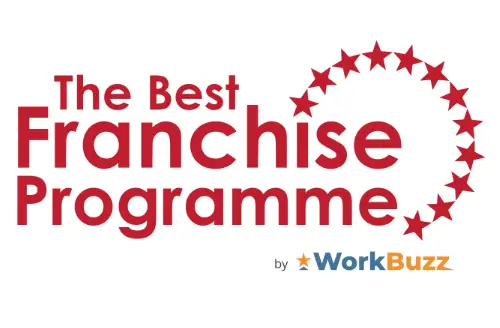Like many businesses, a franchisee will typically experience four distinct phases during its lifetime: start-up, growth, maturity and renewal or decline. This article will help you pinpoint which stage of the franchise lifecycle you’re currently in and provide you with some pointers to navigate through.
The start-up stage
Buying into a franchise alleviates a lot of the risk associated with starting a new business. However, the start-up phase can still be laden with potential pitfalls. Business owners will need to straddle myriad disciplines, from administration and accounting to marketing and human resources. Having lots of capital is also essential as it typically takes up to three years for start-up businesses to turn a profit. For this reason, it is pivotal to ensure cash flow is kept positive and insolvency is prevented.
A huge advantage during the start-up stage is that you’ll have access to guidance and support from the franchisor and other franchisees in the network. Be sure to take advantage of their support as much as possible!
The growth stage
Typically, a franchise will hit the growth stage around the two-year mark, but it can vary. You’ll have a steady flow of customers, consistent revenue and sustainable personal income. You’ll start to find things relatively comfortable and may start to break even and see a return on your initial investment.
This will often be a time when you take a step back from the day-to-day running of your business and delegate management responsibilities to your staff to focus on the bigger picture and growth opportunities.
The maturity stage
After several years of running your franchise you’ll reach the maturity stage; cash flow is healthy and revenue is high enough to ensure that all costs are covered and you are making a good profit. You may even begin to expand into new units and territories.
Do not fall asleep at the wheel and allow your business to lose touch with its audience base. To ensure continued growth and success, ask yourself the following questions:
- What is your competition up to?
- How can you expand?
- Is it time to sell?
The renewal or decline stage
All longstanding franchise businesses will inevitably reach the last stage of the franchise lifecycle. How they handle it will define whether they fade away or become an enduring market presence.
There are a number of reasons why a business might experience decline, including:
- Increased competition
- Industry changes
- Outdated technology
- Lack of diversification and expansion
- Fall in customer demand
The business leadership will need to continually search for new business opportunities and it is common for costs to be cut and budgets tightened to sustain cash flow.
You will need to ask yourself: is it time to sell or reinvest?
If you decide to continue, having the backing of a franchisor who is up-to-date with market trends will no doubt help. With their support there is every chance that you will see continued success.
For more detailed guidance, you can download our franchising guide part 1 here.

































